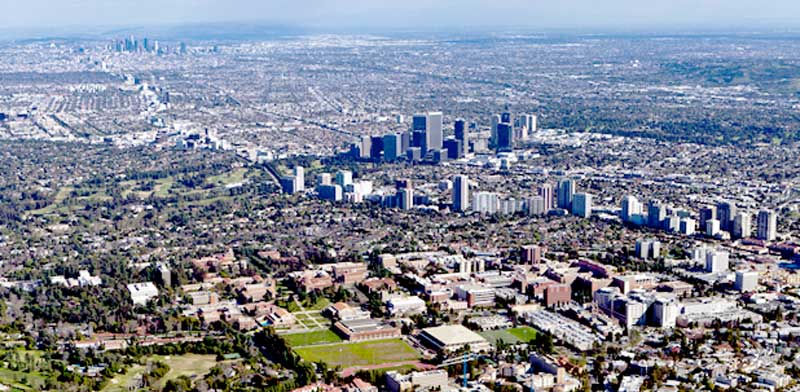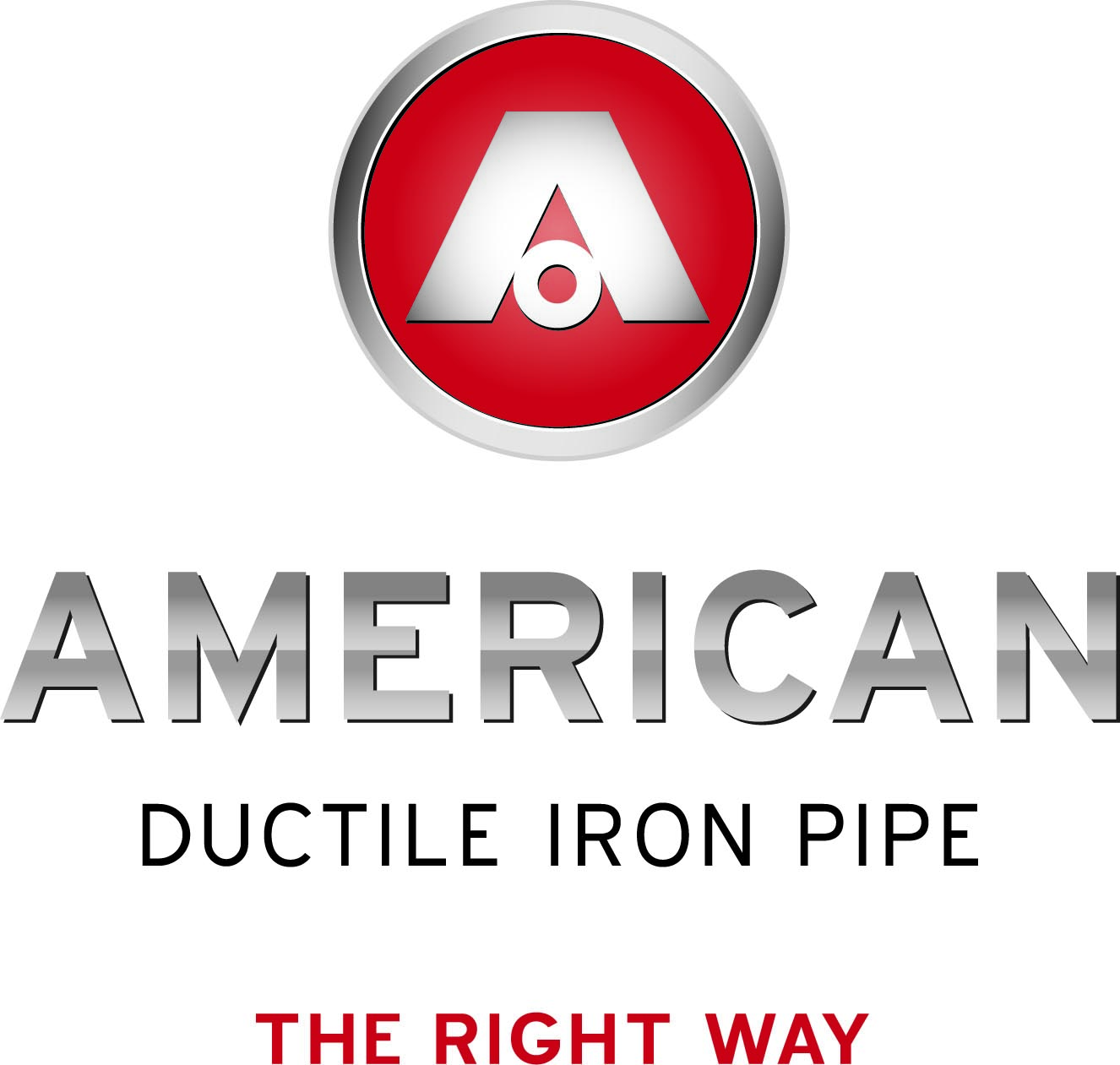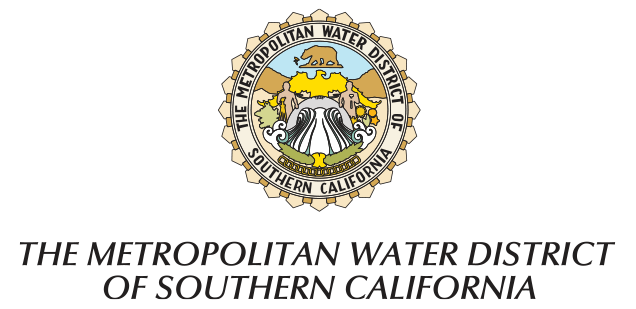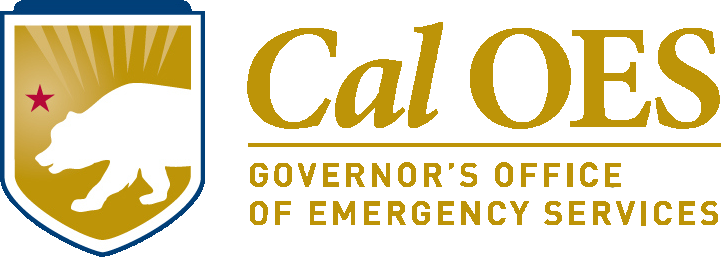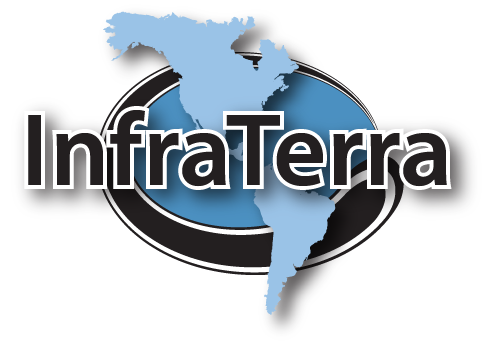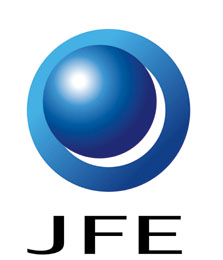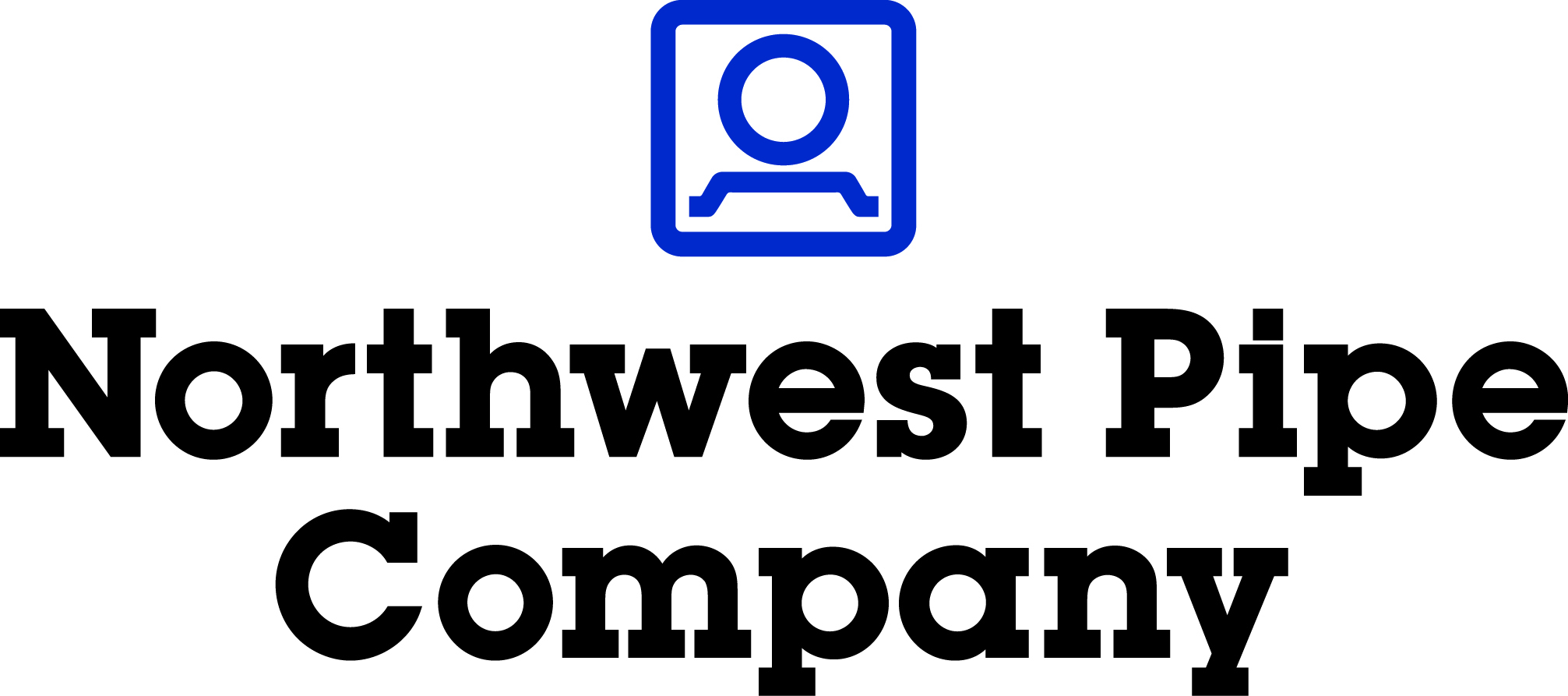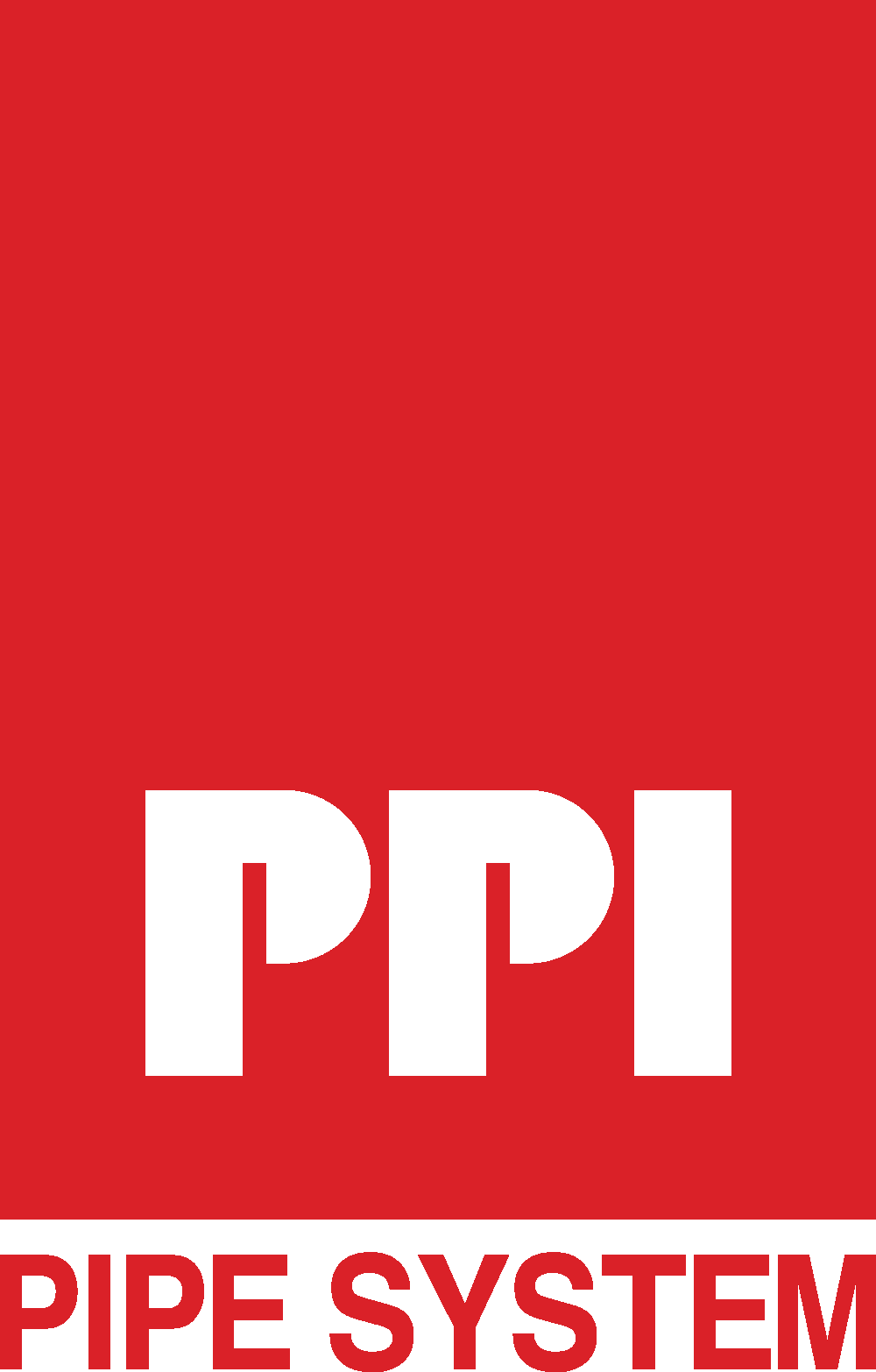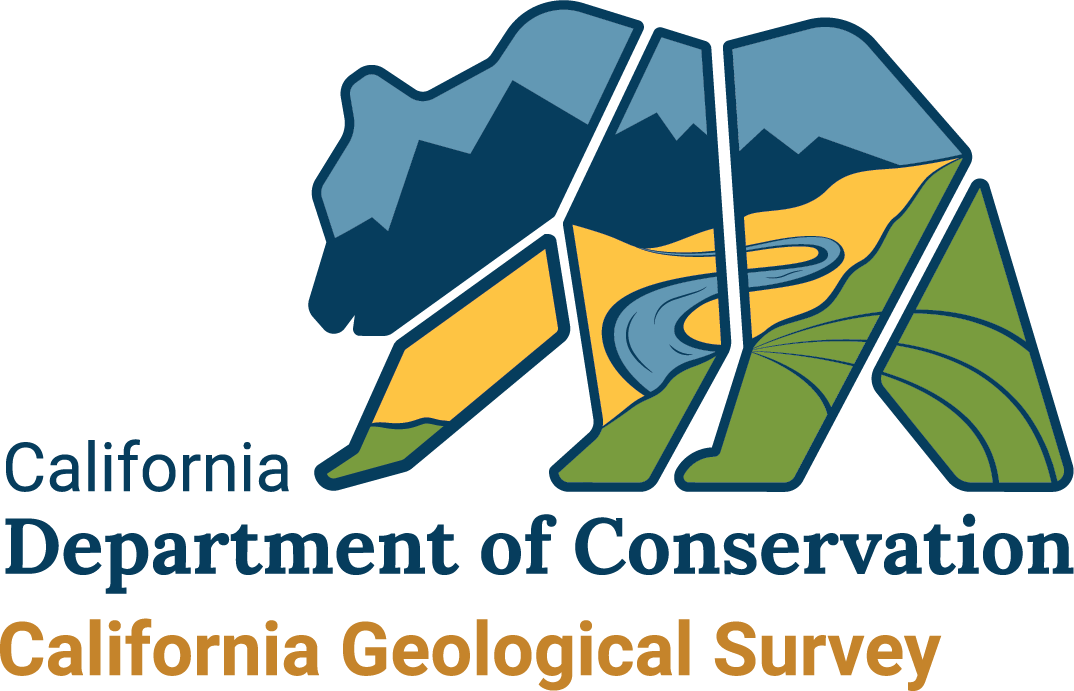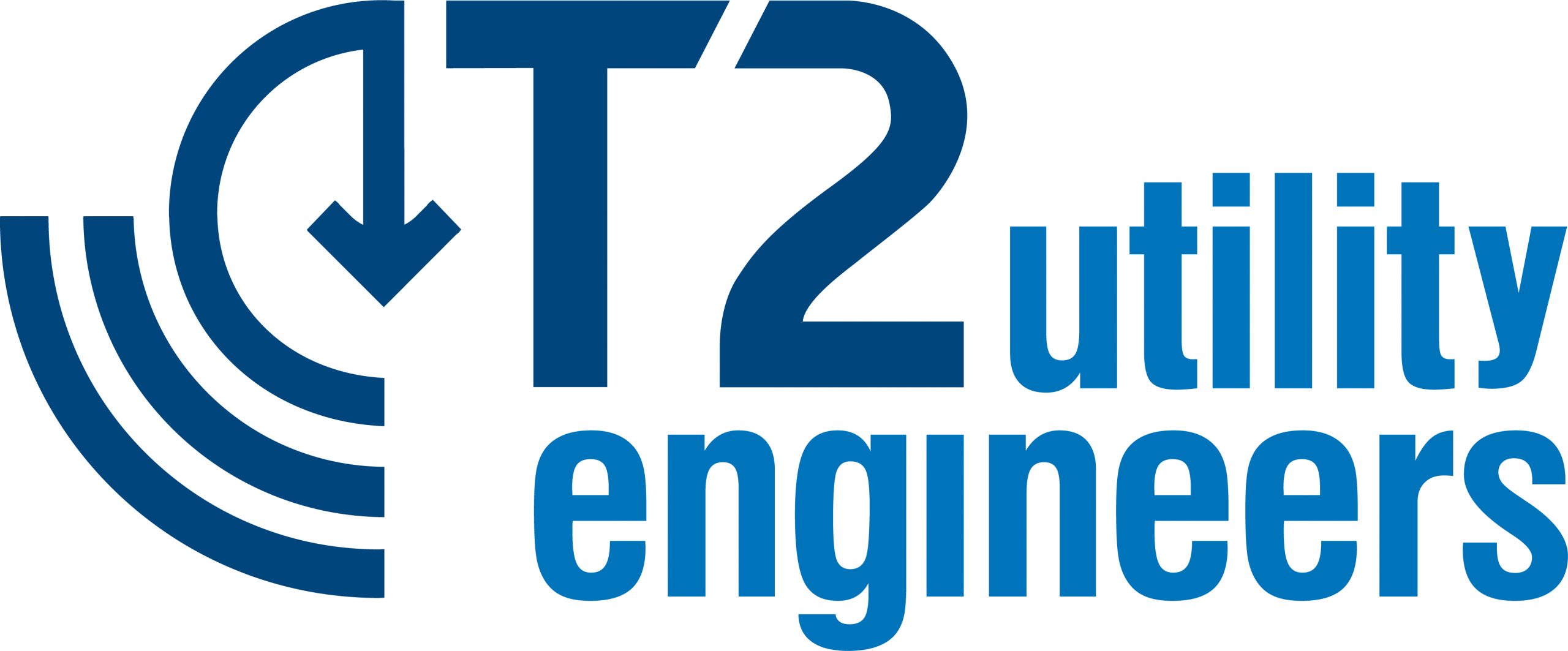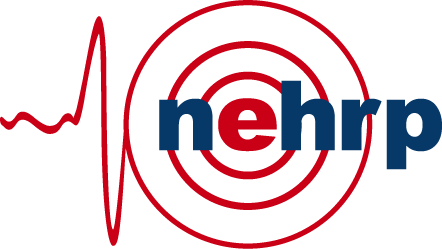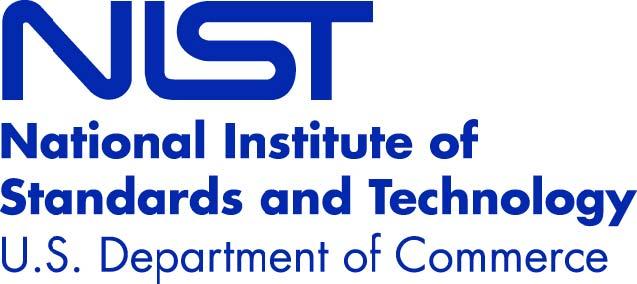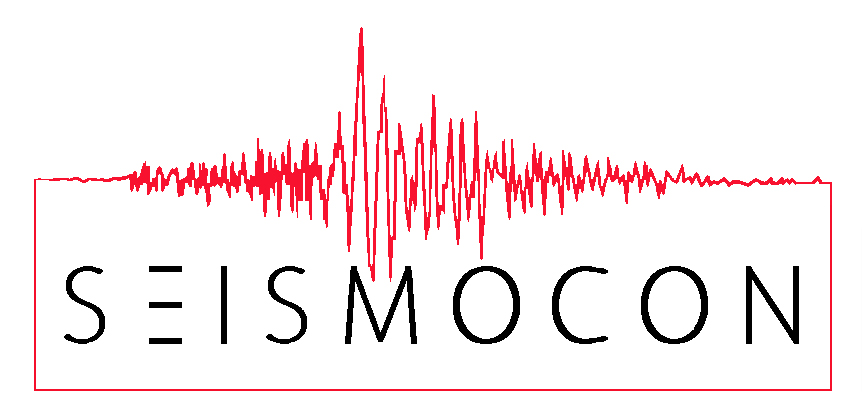University of California, Los Angeles
January 31 – February 4, 2022

![]()

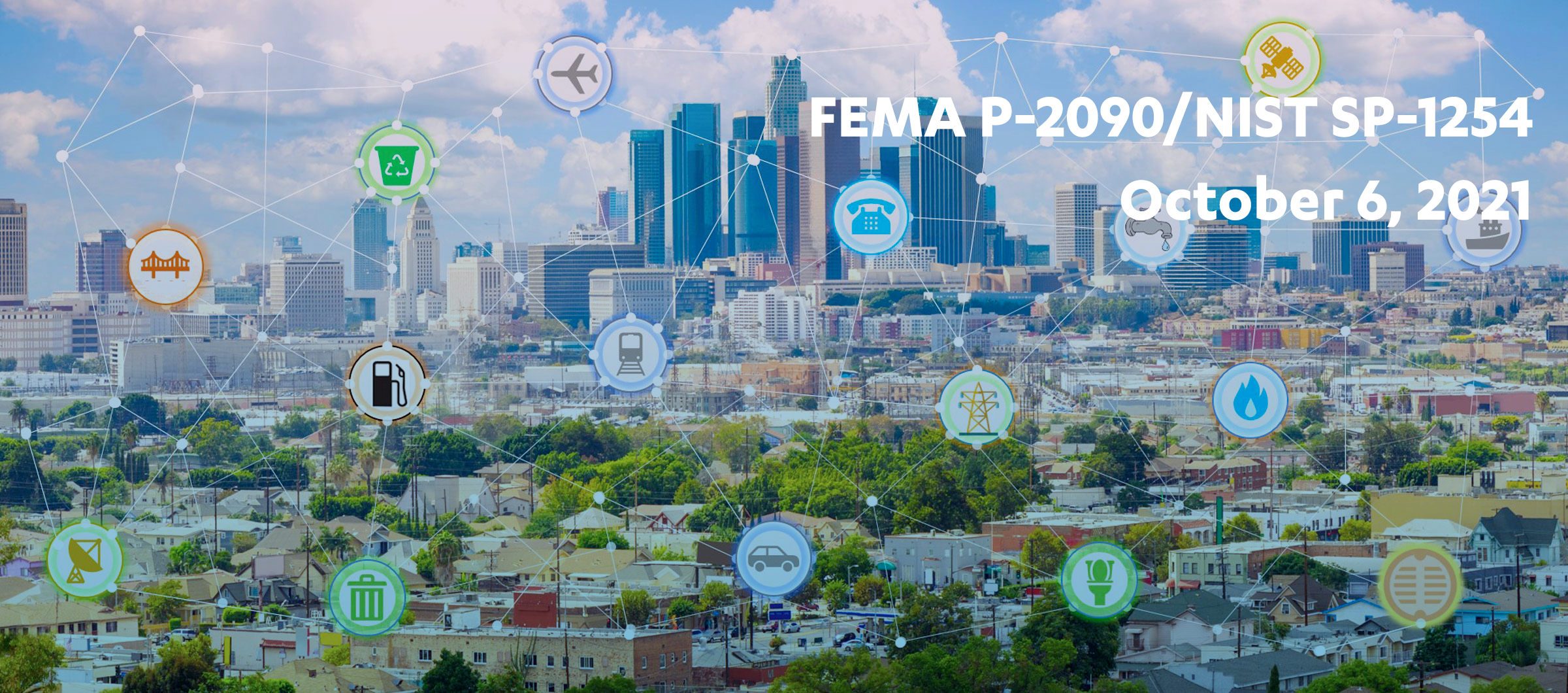
FEMA P-2090/NIST SP-1254, Recommended Options for Improving the Built Environment for Post-Earthquake Reoccupancy and Functional Recovery Time
Wednesday, October 6, 2021 12-1pm PT
Current codes and standards for buildings and lifeline systems are primarily safety-based intending to protect life and public health, with few provisions targeting post-event recovery objectives. Most of the existing built environment does not comply with current codes and standards. As a result, the United States is exposed to significant risk from all forms of natural hazards that can affect communities through damage that results in injury and loss of life, lifeline service interruptions, displacement of residents, closure of businesses, and other economic and socio-cultural impacts. These risks cannot be eliminated but the resilience of our communities can be significantly improved by implementation of recovery-based codes, standards, and other policies. This webinar will present recommendations for (1) design and construction practices to improve the performance of lifeline infrastructure systems and buildings, and for (2) the planning and education activities and financial resources needed to implement these design and construction practices. These recommendations are described in the recently published FEMA P-2090, NIST SP-1254 report that was mandated by the 2018 reauthorization of the National Earthquake Hazards Reduction Program (NEHRP), P.L. 115-307. The webinar speakers served as primary authors of the report.
![]() .
.![]()
![]()
Replies to questions the moderators were unable to ask panel members during the webinar.
Are there any resources specific to hospitals?
Not specific to functional recovery yet, but FEMA does have mitigation guidance specific for hospitals; including Design Guide for Improving Hospital Safety (FEMA 577), Earthquake Mitigation for Hospitals Training Course (FEMA P-767), and Incremental Seismic Rehabilitation for Hospitals (FEMA 396).
Has there been any consideration of the Digital Twin viewpoint - Digital Twin for Infrastructure?
Digital Twin for Infrastructure is technology that is beyond where we are currently regarding functional recovery. There are private sector organizations that are already working to develop modeling and software to address functional recovery that may eventually incorporate such technology.
The Digital Twin Consortium has a DT Maturity Model for orgainzations that rings a lot of similarities to the issues presented here
Are there many people who are qualified to inspect lifelines after a disaster?
Inspection of lifelines are generally done by the lifeline organizations themselves. We do not have any information on how many qualified inspectors the different lifelines would have.
I would like to know the ideas of the presenters. Before we design the recovery plans and its objectives we need to monitor the potential hazards for future ( such as liquifaction, landslide etc) and microzonation of them. How we can consider them in the recovery plans of cities and infrastructures? How can it be down in a systematic and efficient procedure?
We completely agree that the planning process needs to include potential hazards for the future. While climate change may not impact earthquakes themselves, it does increase the risk from related hazards such as liquifaction and landslides. FEMA does publish and maintain various planning guidance documents, including Pre-Disaster Recovery Planning Guides, www.fema.gov/emergency-managers/national-preparedness/plan.
Are there any resources that give cost estimates of bridge damages post-earthquake? Is this included with ShakeCast outputs or USGS' PAGER? Or do cost estimates only focus on buildings?
Under the National Earthquake Hazards Reduction Program (NEHRP), bridges are the responsibility of DOT / NHWA. It is our understanding that ShakeCast and PAGER do include local infrastrucure, including bridges, but we would recommend confirming this with the USGS if you want more information.
How do these topics relate to Hazus and RedRover?
Hazus and the FEMA 154 Rapid Visual Screening Rapid Observation of Vulnerability and Estimation of Risk (ROVER) are both existing software tools that are used to estimate risk, either at a community level (Hazus) or for a windshield survey of individual buildings (ROVER). These programs pre-date our recent functional recovery work and therefore do not currently specifically address this performance level.
No mention of irregularity - what can we do to discourage the rampant irregularity trend?
Building irregularities are already addressed in the current building codes through a reference to ASCE/SEI 7-16. These minimum life safety codes would still apply to all new construction, whether for functional recovery or not. We would also point out that FEMA recently published “Assessing Seismic Performance of Buildings with Configuration Irregularities” (FEMA P-2012), new information from which has been incorporated into ASCE/SEI 7-22, which will in turn be referenced in the 2024 International Building Code.
Agenda:
Welcome:
Ronald T. Eguchi
CEO and Co-Founder at ImageCat, Inc.
NEHRP Mandate and Acknowledgements:
Michael Mahoney
Senior Geophysicist at FEMA
Buildings Presentation:
Ryan Kersting
Associate Principal/Structural Engineer at Buehler
Lifelines Presentation:
Craig Davis
CA Davis Engineering, Retired LADWP
Social Presentation:
Lucy Arendt
Professor at St. Norbert College
Closing:
Ronald T. Eguchi
CEO and Co-Founder at ImageCat, Inc.
Special Guest Speakers

Michael Mahoney
Senior Geophysicist at FEMA

Ryan Kersting
Associate Principal/Structural Engineer at Buehler

Craig Davis
CA Davis Engineering, Retired LADWP

Lucy Arendt
Professor at St. Norbert College
Conference Organizers
Collaborating Partners
Supporting Organizations


Sponsors
Platinum Sponsors
Gold Sponsors
Silver Sponsors
Bronze Sponsors
Coffee Break Sponsors

